Optimal Timing for Storm Restorations
Storm restorations are most effective when performed promptly after severe weather events, such as hurricanes, tornadoes, or heavy thunderstorms. Addressing damages early helps prevent further deterioration and minimizes long-term costs. The timing of restoration projects depends on weather patterns, seasonal considerations, and regional climate conditions.
Conducting inspections immediately after a storm ensures damages are identified early, allowing for timely repairs.
Spring and early summer often see increased storm activity, making these periods ideal for storm restoration planning.
Monitoring local weather forecasts helps determine optimal windows for restoration work, avoiding delays due to upcoming storms.
In regions like Waxahachie, TX, late spring through early fall typically experience higher storm frequency, influencing restoration scheduling.
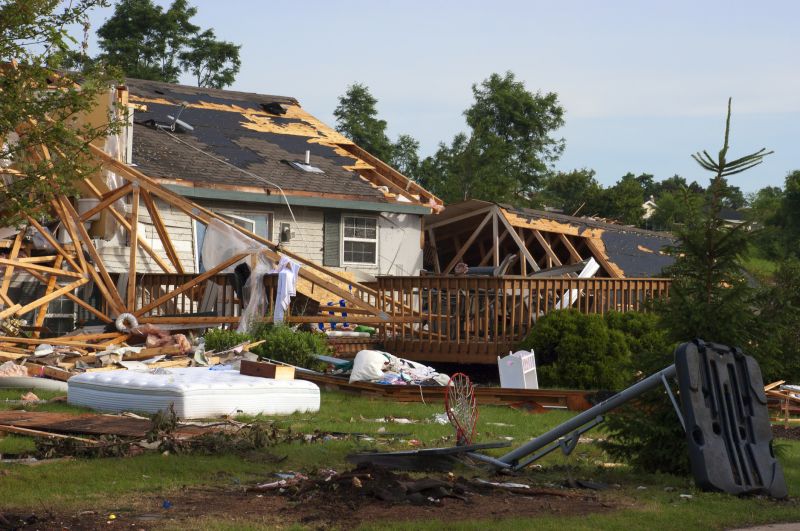
Visual inspection of roofs and exteriors after storms
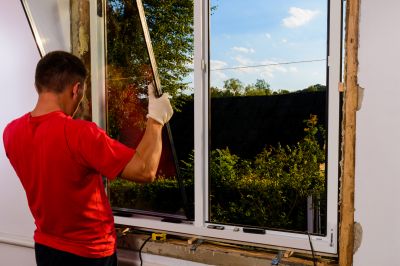
Temporary fixes to prevent further damage

Tools and machinery used in storm damage repairs

Ways to make Storm Restorations work in tight or awkward layouts.
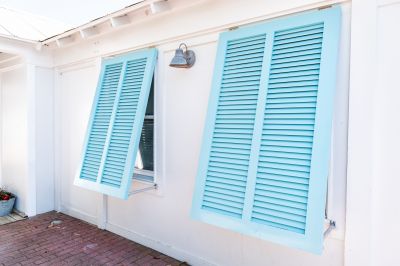
Popular materials for Storm Restorations and why they hold up over time.

Simple add-ons that improve Storm Restorations without blowing the budget.

High-end options that actually feel worth it for Storm Restorations.
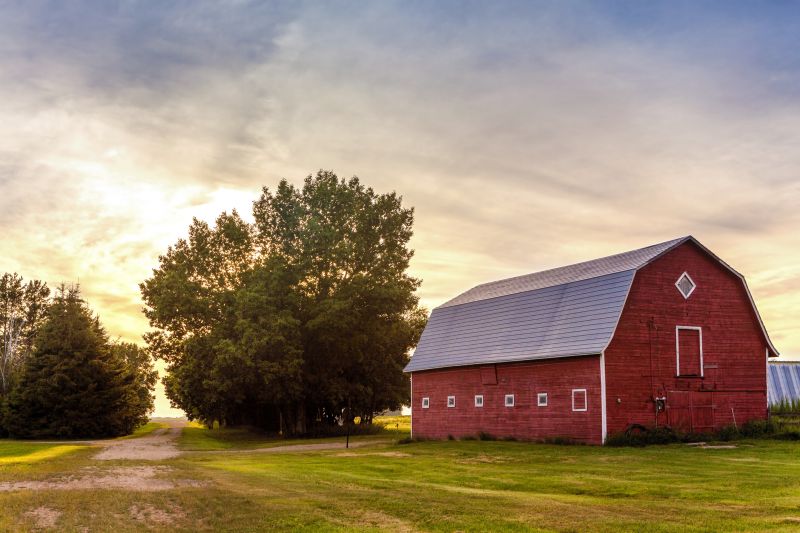
Finishes and colors that play nicely with Storm Restorations.
| Season | Optimal Restoration Period |
|---|---|
| Spring | Late March to May |
| Summer | June to August |
| Early Fall | September to October |
| Winter | Limited, depends on weather conditions |
Storm restorations involve repairing damages caused by severe weather events to restore safety and functionality. These projects often include roof repairs, siding replacements, window fixes, and structural reinforcements. Prompt response minimizes the risk of secondary damages such as water intrusion, mold growth, and structural weakening. Statistics indicate that timely restoration can reduce repair costs by up to 30 percent and extend the lifespan of affected structures.
Weather-related damages can be extensive, with wind speeds over 70 miles per hour causing significant roof and siding damage. In regions prone to frequent storms, annual maintenance and inspections are recommended to identify vulnerabilities early. Proper planning and execution during optimal seasons help ensure that restorations are completed efficiently and effectively.
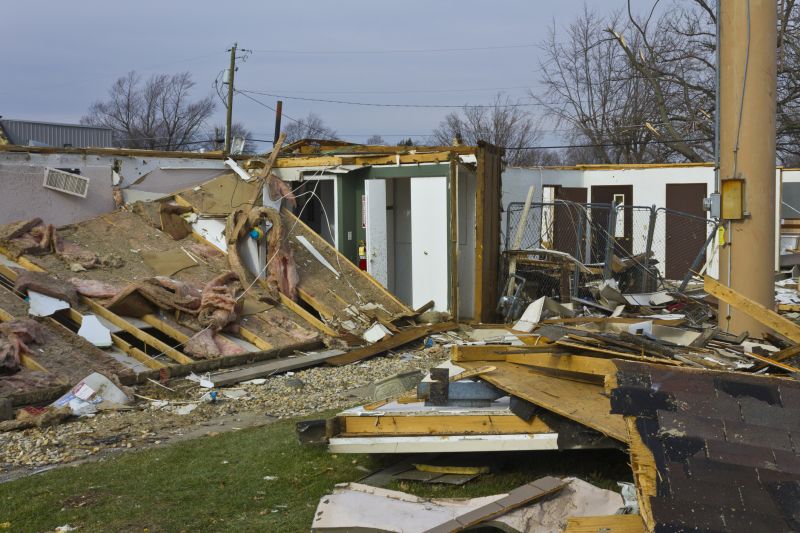
Restoring roofs and exteriors after storms

Strengthening buildings against future storms
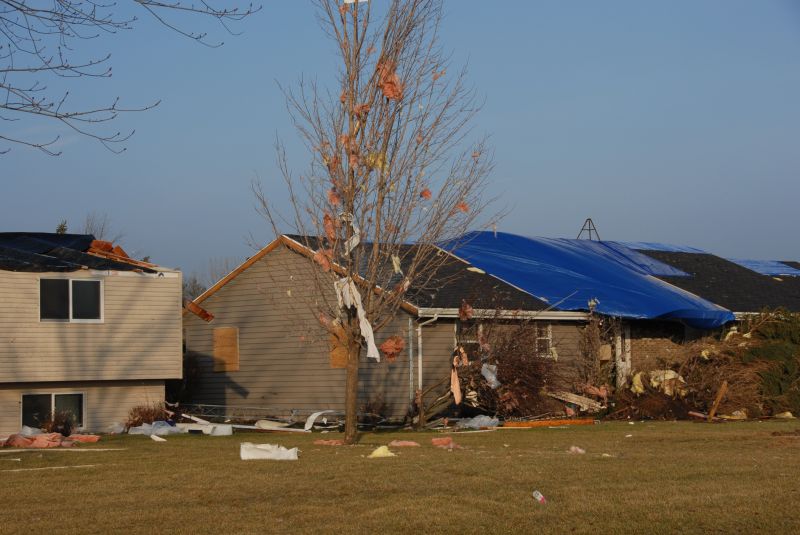
Evaluating storm impact on properties
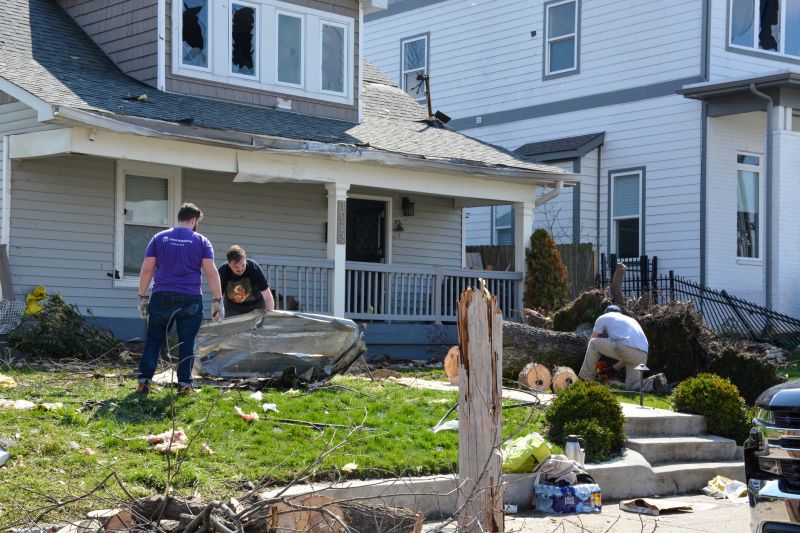
Immediate actions taken post-storm
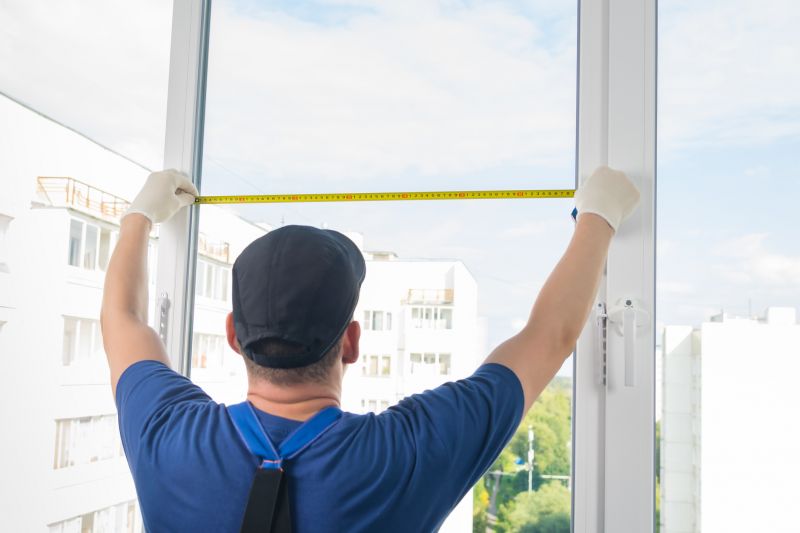
Little measurements that prevent headaches on Storm Restorations day.
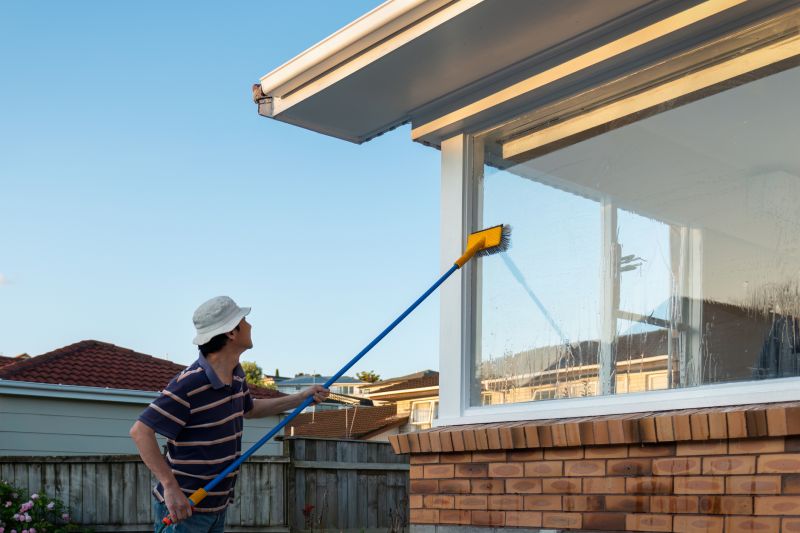
A 60-second routine that keeps Storm Restorations looking new.
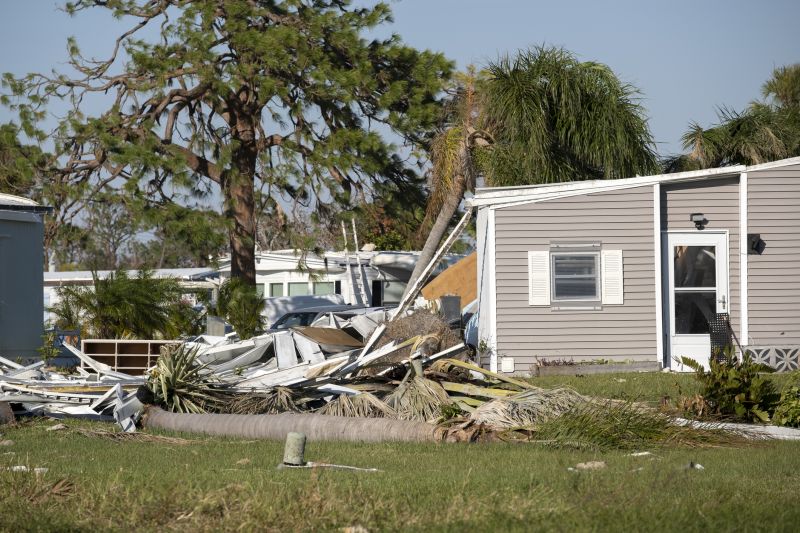
A frequent mistake in Storm Restorations and how to dodge it.

Small tweaks to make Storm Restorations safer and easier to use.
Individuals interested in storm restorations are encouraged to contact for more information or to schedule an assessment. Proper timing and preparation can significantly impact the effectiveness and cost of restoration efforts, ensuring properties are resilient against future severe weather events.
